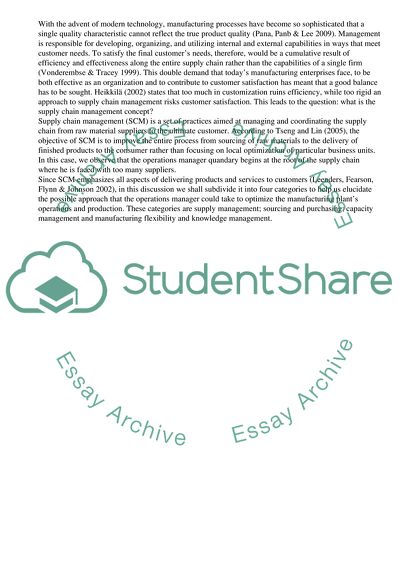Cite this document
(Capacity Management and Manufacturing Flexibility Term Paper, n.d.)
Capacity Management and Manufacturing Flexibility Term Paper. Retrieved from https://studentshare.org/management/1568879-operational-analysis-and-effectiveness-essay-2
Capacity Management and Manufacturing Flexibility Term Paper. Retrieved from https://studentshare.org/management/1568879-operational-analysis-and-effectiveness-essay-2
(Capacity Management and Manufacturing Flexibility Term Paper)
Capacity Management and Manufacturing Flexibility Term Paper. https://studentshare.org/management/1568879-operational-analysis-and-effectiveness-essay-2.
Capacity Management and Manufacturing Flexibility Term Paper. https://studentshare.org/management/1568879-operational-analysis-and-effectiveness-essay-2.
“Capacity Management and Manufacturing Flexibility Term Paper”, n.d. https://studentshare.org/management/1568879-operational-analysis-and-effectiveness-essay-2.


